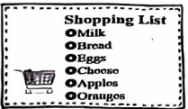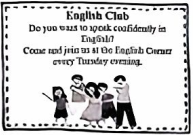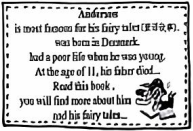If you want to enter the subway, you have to hold your transportation card or smart phone in your hand. Would it be a trouble if you are busy with other things, such as taking care of your children or dogs.
Now, good news has arrived for some passengers. A subway line in Shenzhen uses 3D facial recognition(人脸识别) technology to help recognize passengers. All they need to do is downloading(下载) the required app, and then they can enter the station just by looking into a screen at the gate for about 2 seconds. In this way, they can enter the subway more quickly than scanning a OR code (扫描二维码). The new technology greatly speeds up entry times. Now, about 30 to 40 passengers can pass through the entrance every minute.
Facial recognition has been used in many other areas of our life. At KFC stores across China, customers can order their meals by scanning their faces in front of a self- serving screen. Customers used to carry bank cards or mobile phones to withdraw money, but now they can do that just by scanning their faces at the ATMs of banks. With the help of this technology, the security check(安检) step in the airport can be completed in about 12 seconds, according to Guangzhou Baiyun International Airport.
Do you think facial recognition will totally take the place of OR codes?



